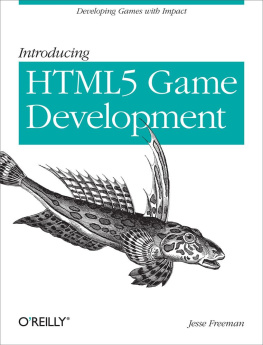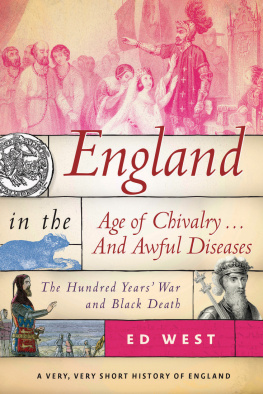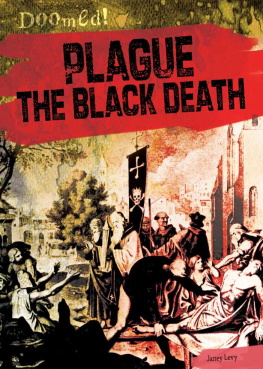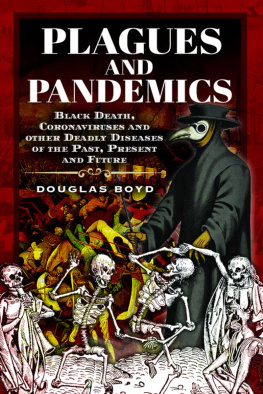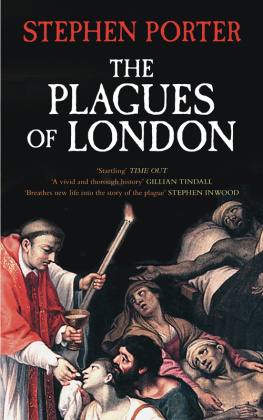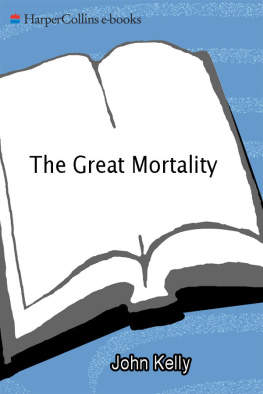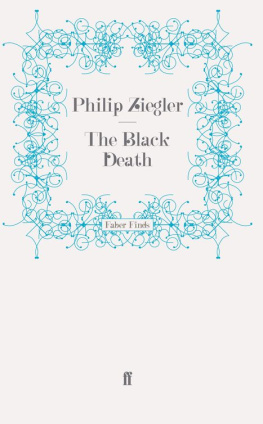Freeman - The Black Death: A History From Beginning to End
Here you can read online Freeman - The Black Death: A History From Beginning to End full text of the book (entire story) in english for free. Download pdf and epub, get meaning, cover and reviews about this ebook. year: 2016, publisher: Hourly History, genre: Religion. Description of the work, (preface) as well as reviews are available. Best literature library LitArk.com created for fans of good reading and offers a wide selection of genres:
Romance novel
Science fiction
Adventure
Detective
Science
History
Home and family
Prose
Art
Politics
Computer
Non-fiction
Religion
Business
Children
Humor
Choose a favorite category and find really read worthwhile books. Enjoy immersion in the world of imagination, feel the emotions of the characters or learn something new for yourself, make an fascinating discovery.
The Black Death: A History From Beginning to End: summary, description and annotation
We offer to read an annotation, description, summary or preface (depends on what the author of the book "The Black Death: A History From Beginning to End" wrote himself). If you haven't found the necessary information about the book — write in the comments, we will try to find it.
The Black Death: A History From Beginning to End — read online for free the complete book (whole text) full work
Below is the text of the book, divided by pages. System saving the place of the last page read, allows you to conveniently read the book "The Black Death: A History From Beginning to End" online for free, without having to search again every time where you left off. Put a bookmark, and you can go to the page where you finished reading at any time.
Font size:
Interval:
Bookmark:
2016 Copyright
No part of this book may be reproduced in any form or by any electronic or mechanical means including information storage and retrieval systems, without permission in writing from the author.
The medieval world was ruthless, unforgiving and pestilential. This was perhaps most clearly demonstrated in the swift and vicious trajectory of a disease throughout the known world, then described as the Black Death. Considered to be historys most devastating pandemic, the Black Death claimed anywhere between 75 to 200 million lives within four short years as it marched across Europe, Scandinavia, Northern Africa, the Middle East and Central Asia.
Between 30% - 60% of the population of Europe at the time was devastated, and estimates suggest that the Black Death reduced the worlds total population from 450 million people to approximately 350 million. Because accurate records were not kept at the time, firstly due to primitive administration and secondly (and perhaps most tellingly) due to the sheer enormity of deaths occurring on a daily basis, it is not possible to come to more specific figures.
Even though the statistical records of the time were few and far between, contemporary accounts and artistic renderings provide details about the effects of the Black Death on medieval society. Given these details and accounts, we know that the Black Death was a plague, and is also referred to as The Plague, The Great Pestilence, and the Great Mortality. Plague by definition is a bacterial infection in either the lymph system, the respiratory system, or the cardiovascular system depending on the type of plague contracted. Plague still exists today, although it is considerably rarer than in medieval times.
The Black Deaths effects were sweeping and consequential. Societal and economic upheavals were the natural products of such a devastating pandemic, and the ramifications of the Black Death were long-lasting and widespread. Population devastation of such a considerable level led to massive economic decline, an increase in criminal activity, and a general lack of consideration for the value of human life. Superstition reigned supreme and religious persecution claimed numerous lives along with the Black Death itself.
It was not a happy time to be alive.
Contemporary accounts and reflections in art show the despair and horror felt by the people living through this pandemic. The diseases quick and unrelenting march across the face of the known world left no room for romance and idealism, and catalyzed a shift in the art and literature of the day that paved the way for the Renaissance one hundred years later.
This book investigates the birth and dissemination of the Black Death across the known world, giving detail about the disease itself as well as the consequences of the pandemic on medieval society in general. It seeks to illuminate the reader with enough information to be well-informed, and perhaps to catalyze investigation further into other corners of the sweeping effects of The Plague.
The terrible thing about the Black Death is that no one at the time knew what it was. A current account describes it thus:
In men and women alike it first betrayed itself by the emergence of certain tumors in the groin or armpits, some of which grew as large as a common apple, others as an egg From the two said parts of the body this deadly gavocciolo soon began to propagate and spread itself in all directions indifferently; after which the form of the malady began to change, black spots or livid making their appearance in many cases on the arm or the thigh or elsewhere, now few and large, now minute and numerous. As the gavocciolo had been and still was an infallible token of approaching death, such also were these spots on whomsoever they showed themselves.
The Black Death is a European term, used first in its Latin form atra mors by a French physician called Giles de Corbeil in the twelfth century, approximately one hundred years prior to the Black Death itself. In his treatise on the Signs and Symptoms of Disease, (translated from the Latin), he likens pestilential disease to atra mors. Belgian astronomer Simon Couvin also makes mention of the Black Death in his poem De judicio Solis in convivio Saturni, which translated means On the judgment of the Sun at a Feast of Saturn. In the poem, Couvin makes mention of the mors nigra (Black Death). His assessment was that the plague was caused by an unfavorable conjunction of the heavenly bodies Jupiter and Saturn, a theory supported by many of his contemporaries.
At the time, the word plague did not have the same connotation we give it today. In fact, it had no real meaning, and it is largely because of the Black Death that we associate the horrors of pestilential death with the word today. Contemporary writers referred to the series of events most commonly as a/the Great Pestilence or the Great Mortality. The term Black Death was appropriate for the sweeping rampages of the plague, due to the black, necrotic tissue that often accompanied the disease in humans. Though a common term now, the Black Death as a reference to the plague of 1348-1352 and its following waves was not used until at least one hundred years later, if not longer.
The first recorded account of a sweeping epidemic, known as a pandemic (the prefix pan referring to everywhere or world-wide) was in the sixth century in the Byzantine Empire while under the rule of the Emperor Justinian I. Most commonly known as the Plague of Justinian as the emperor himself contracted the disease but survived due to extensive treatment, the death toll in the first outbreak alone is thought to have reached upwards of 25 million people. As with most other recorded plagues, it recurred every few years after the first devastating wave, and over the course of two hundred years of plague and subsequent recurrence up to 50 million people are thought to have perished. As related by the contemporary historian Procopius, the plague first surfaced in Constantinople in 542 and spread via shipping routes throughout the Mediterranean, reaching Italy and Greece to the west and into Asia Minor to the east. Constantinople was an extremely important and possibly the biggest trading port in the world, and because no one at the time understood how the disease was transmitted, trade did not cease and thus spread the disease through all the Byzantine Empires vast trading routes. Interestingly, in his tell-all masterpiece Secret History, Procopius suggested that Justinian himself was solely responsible for the plague, either by creating and then subjecting it on to the people of the empire, or it was Gods punishment on Justinian for leading a life of extreme cruelty and luxurious excess.
The second and largest outbreak was the medieval Black Death, the subject of this book. The Black Death was followed by the Second Pandemic which included all outbreaks of plague subsequent to the Black Death and prior to the great plague of nineteenth century India and China. This is referred to as the Third Pandemic and claimed over 10 million lives.
Historians and researchers postulate that the Black Death originated in Central Asia, specifically in Mongolia and western China. The rodents that carry the plague disease are indigenous to the central and western Asian areas of Kurdistan and Northern India. Graves found in Kyrgyzstan from 1338-9 make written mention of plague, and Chinese sources make mention of a large pestilential outbreak in or around Mongolia about a decade before the Black Death reached Europe. Many researchers believe that this was the inception of the Black Death and perhaps one of the first outbreaks. Contemporary Arab historians Al-Maqrizi and Al-Wardni confirmed that the Black Death first came from China. Kyrgyzstan was located directly on the Silk Road, and from here the disease could easily have spread east to China or west to the Middle East and Europe.
Font size:
Interval:
Bookmark:
Similar books «The Black Death: A History From Beginning to End»
Look at similar books to The Black Death: A History From Beginning to End. We have selected literature similar in name and meaning in the hope of providing readers with more options to find new, interesting, not yet read works.
Discussion, reviews of the book The Black Death: A History From Beginning to End and just readers' own opinions. Leave your comments, write what you think about the work, its meaning or the main characters. Specify what exactly you liked and what you didn't like, and why you think so.

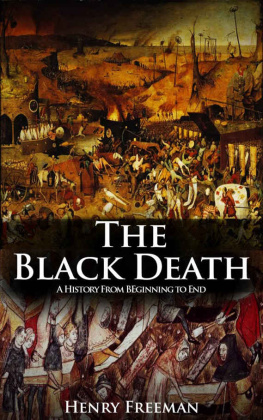
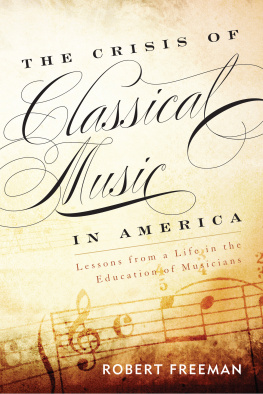

![Freeman - Pro design patterns in Swift: [learn how to apply classic design patterns to iOS app development using Swift]](/uploads/posts/book/201359/thumbs/freeman-pro-design-patterns-in-swift-learn-how.jpg)

